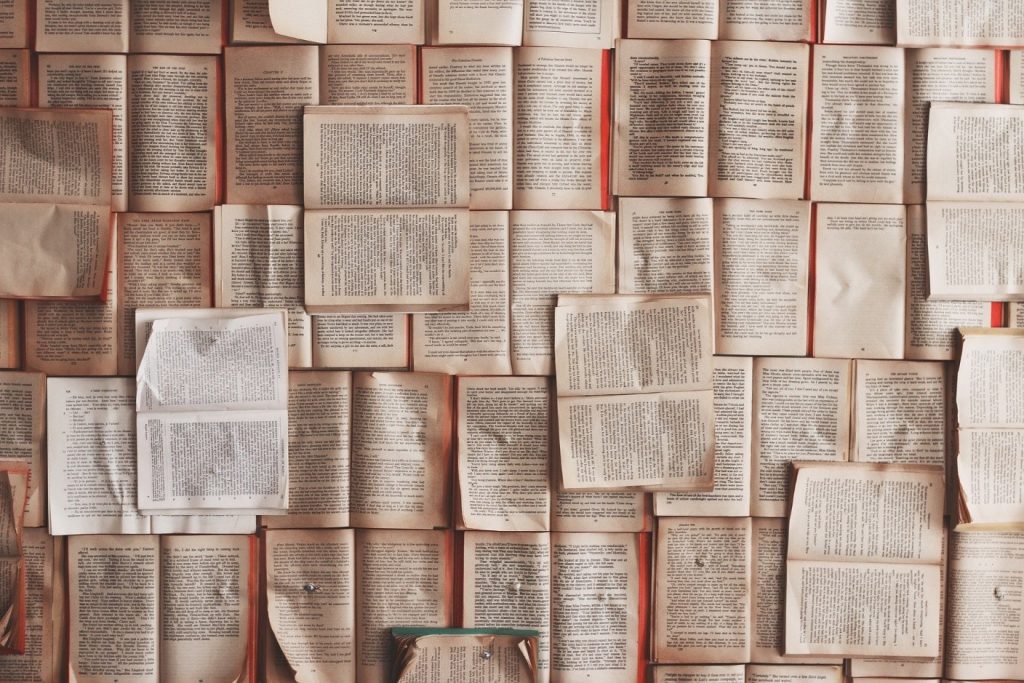This post is also available in Dutch.
Reading is an essential part of our life. From the moment we get out of bed, we are constantly reading. It starts with the news during our morning coffee, continues with the road signs as we drive to work, and culminates with the subtitles on that cool episode on Netflix. Reading comes pretty easily, nearly automatically, so that, at times, we are not even aware of doing it. But for our brain things aren’t that simple.
What happens to our brain as we read?
While we read, our brain works hard to make sense of every word we see. According to Dehaene and colleagues, it all starts in a small brain area at the back of the left hemisphere – the so-called brain “letterbox” or, more technically, the visual word form area (VWFA). Here, words are recognized based on their visual shape, no matter what language we speak. As soon as the VWFA identifies words, a bunch of additional brain regions come into play. These regions are spread across the brain and, like for a puzzle, they are interconnected to grasp the meaning of all the words we put our eyes on.
Researchers from Emory University tried to map the effects of reading on the brain. They asked 19 participants to read a novel every night for 9 days. Each morning their brain connectivity was measured to see the effect of the prior night’s reading. Two areas – the left angular gyrus and the right temporal gyrus – appeared to be the main nodes of the “reading brain map”. Both these areas are involved in semantics and help us to interpret written sentences and texts. Additionally, the somatosensory cortex – a region that processes and integrates various somatic sensations – gets activated during reading. This suggests that maybe we are more active than we think while reading. Each word recalls a set of actions and perceptions that our brain experiences, and further gives a meaning to the letters we capture with our own eyes.

Does what we read affect the “reading brain map”?
Our brain acts differently when we’re reading a juicy novel compared to a textbook. A study in New York showed that reading novels lights up brain areas important for Theory of Mind, that is, the ability to understand another person’s mental state. Novels, more than any other type of text, allow us to get into someone else’s shoes and foster our social skills. On the other hand, when dealing with a textbook, it is more our executive function (EF) that are at work. EFs are a set of cognitive skills that involve attention, memory, and inhibitory control, which engage the frontmost part of our brain. This repertoire of cognitive abilities promotes goal-directed behaviour and is enhanced by a frequent reading exercise.
Another striking difference in our brain map arises when it comes to reading from a paper book or an e-reader. While paper books provide a sense of spatial navigation through the pages, e-books are not as good in informing us about our physical position in a written text. Research on primary school students in Norway shows that this lack of spatial navigation while reading from digital screens, in fact, reduce pupil’s reading comprehension as compared to using paper books. Translating this to the brain, more activity might be required to acquire good spatial navigation in the text when switching on our e-reader.
Although reading can be demanding for our brains, it also has a lot of benefits. Flipping through the pages of a novel or skimming an academic text strengthens connectivity among many brain areas. Stronger brain connections not only make our cognitive skills more fluid but improve our emotional processing as well. So, let’s give our brain some fuel: let’s open those books/texts and dive into the magic of reading!
Original language: English
Author: Martina Arenella
Buddy: João Guimarães
Editor: Monica Wagner
Translator: Floortje Bouwkamp
Editor Translation: Felix Klaassen
Credits: Top image of Free-Photos via Pixabay
